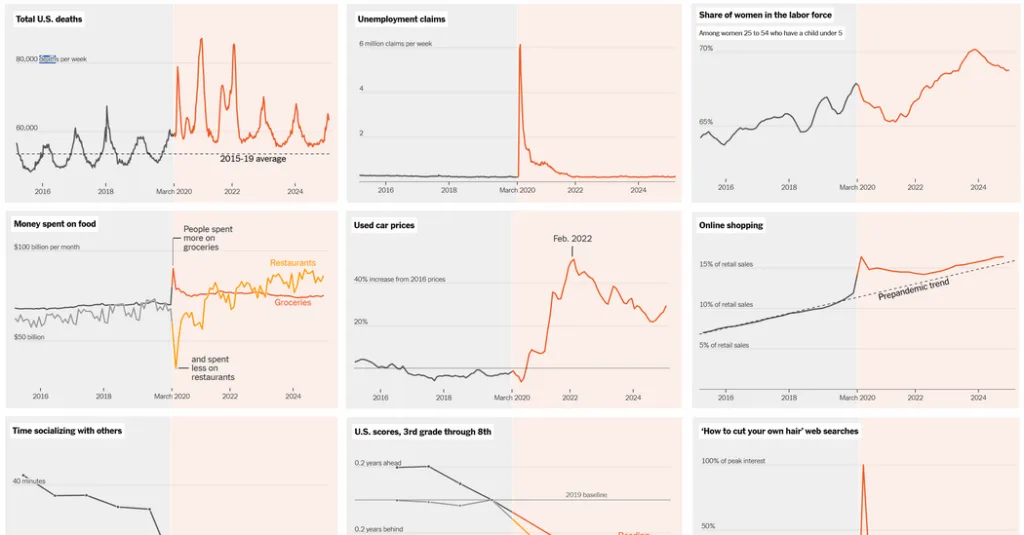ROLLING AVERAGE
A rolling average, also known as a moving average, is a technique used to smooth out fluctuations in a dataset by calculating the average of a specific number of consecutive data points for each date. The data points used to calculate the average for a date “roll” forward as new data becomes available.
The Theft graph uses a 12-month rolling average of monthly thefts. For each day, it calculates for each city the monthly average number of thefts using the prior 365 days of data. For example, for April 23, 2025, the rolling average of monthly thefts would be calculated from the data from April 23, 2024, through April 23, 2025. The following day’s monthly thefts would be calculated from data from April 24, 2024, through April 24, 2025.
The graph for “What’s Going On in This Graph?” was selected in partnership with Sharon Hessney. Ms. Hessney wrote the “reveal” and Stat Nuggets with Erica Chauvet, a mathematics professor at Waynesburg University in Pennsylvania, and moderates online with Jenny Argyle, a math and statistics teacher at Royal Grammar School in Newcastle upon Tyme, United Kingdom, and Jamie Perrett, an associate professor in the Department of Statistics at Brigham Young University in Provo, Utah.
More?
• See all graphs in this series or collections of 75 of our favorite graphs, 28 graphs that teach about inequality and 24 graphs about climate change.
• View our archives that link to all past releases, organized by topic, graph type and Stat Nugget.
• Learn more about the notice and wonder teaching strategy from this 5-minute video and how and why other teachers are using this strategy from our on-demand webinar.
• Sign up for our free weekly Learning Network newsletter so you never miss a graph. Graphs are always released by the Friday before the Wednesday live moderation to give teachers time to plan ahead.
• Go to the American Statistical Association K-12 website, which includes teacher statistics resources, Census in the Schools student-generated data, professional development opportunities, and more.
Students 13 and older in the United States and Britain, and 16 and older elsewhere, are invited to comment. All comments are moderated by the Learning Network staff, but please keep in mind that once your comment is accepted, it will be made public.

